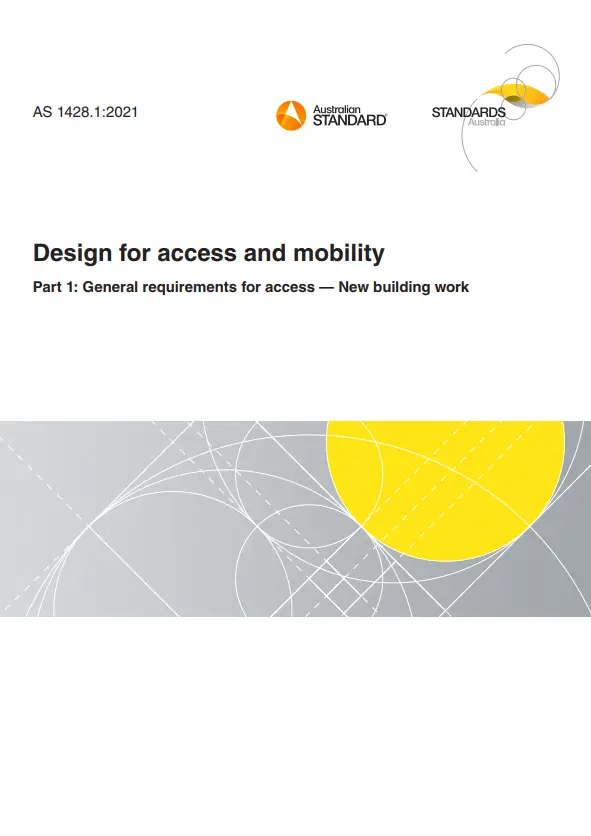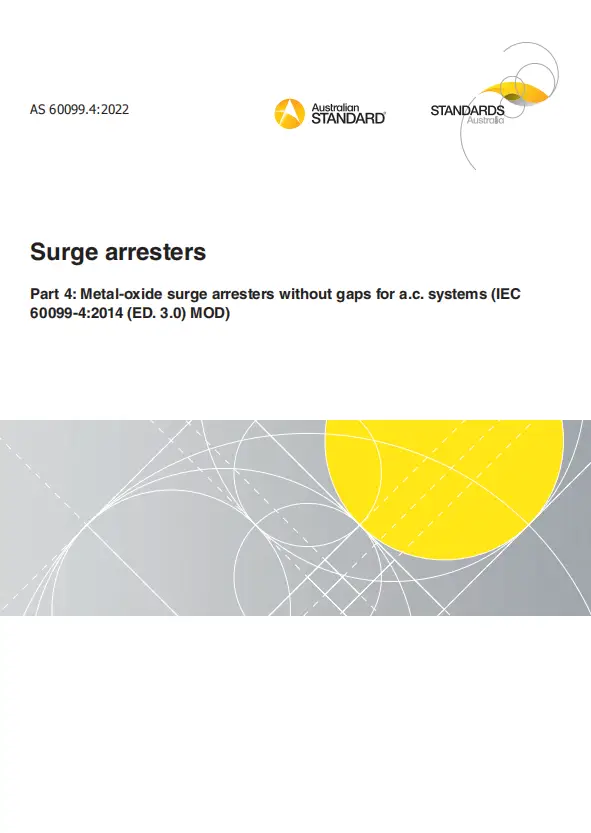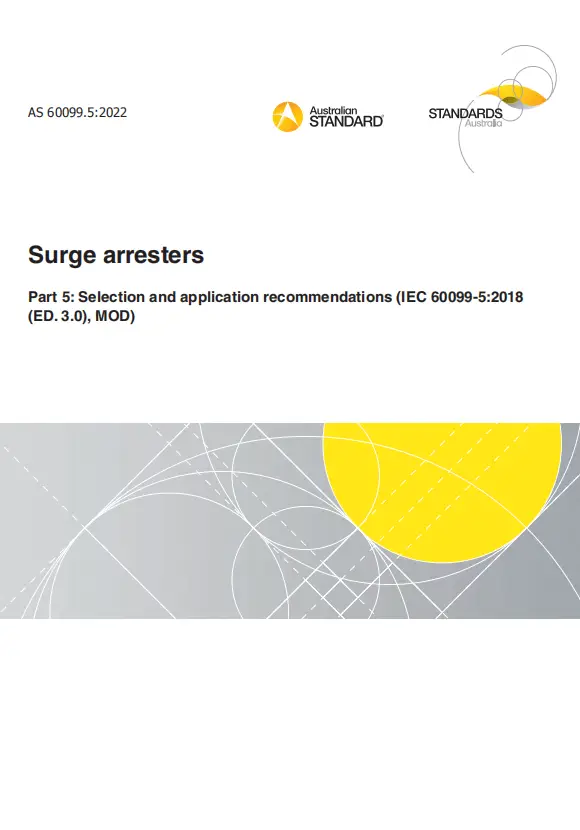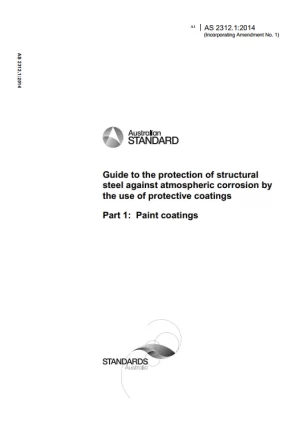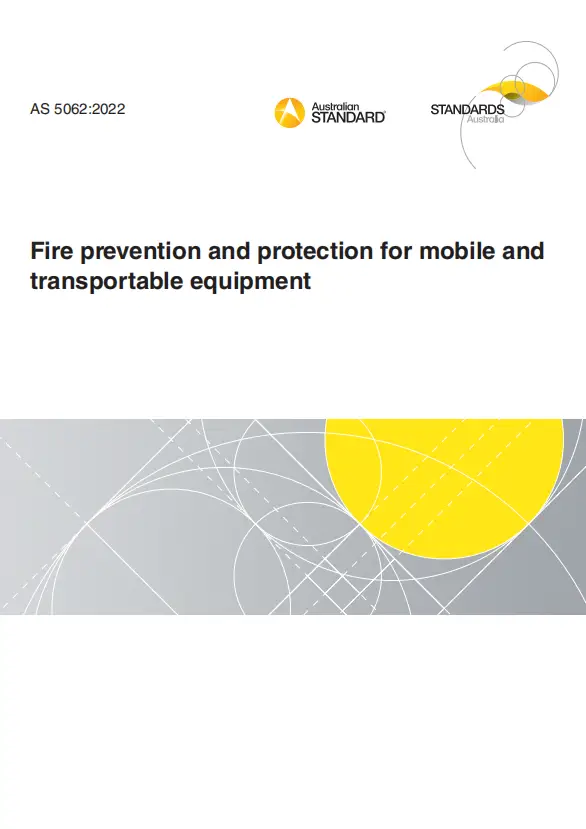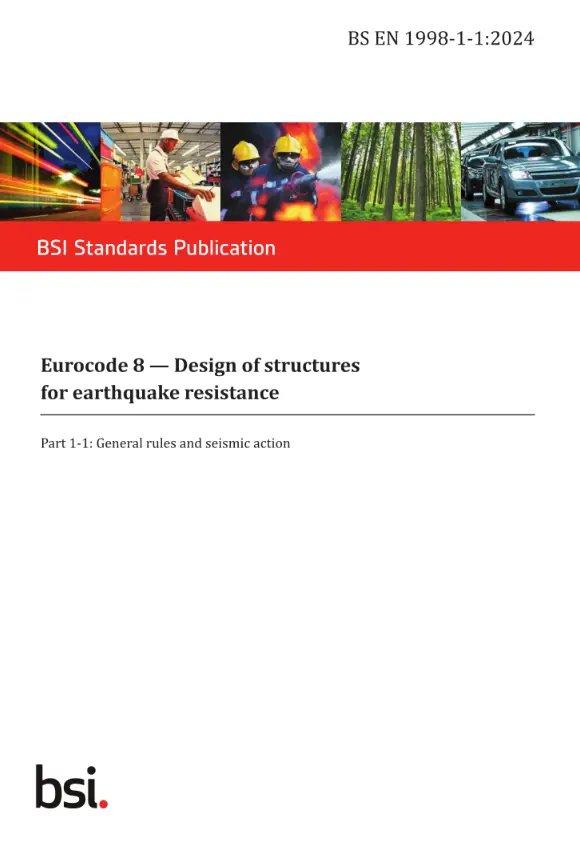AS 1428.1, 2021 edition – Design for access and mobility, Part 1: General requirements for access – New building work
AS 1428.1 specifies the design requirements for new building work, as required by the Building Code of Australia (BCA) and the Disability (Access to Premises – Buildings) Standards (Premises Standards), to provide access for people with disabilities. Particular attention is given to –
- continuous accessible paths of travel and circulation spaces for people who use wheelchairs.
- access and facilities for people with ambulatory disabilities.
- access for people with sensory disabilities.
General Product Information:
| Committee |
ME-064 |
| Purchase Note |
All current amendments available at time of purchase are included with the purchase of this document |
| Document Type |
PDF |
| ISBN |
978 1 76113 404 3 |
| Pages |
115 |
| Document Language |
English |
| Publisher |
Standards Australia |
| Status |
Current |
Preview
Table of cotents
Header
About this publication
Preface
Introduction
1 Scope and general
1.1 Scope
1.2 Application
1.3 Normative references
1.4 Terms and definitions
2 Dimensions
3 Continuous accessible paths of travel
3.1 General
3.2 Heights of a continuous accessible path of travel
3.3 Width of a continuous accessible path of travel
3.4 Passing space for wheelchairs
3.5 Circulation space for wheelchair turn
3.5.1 General
3.5.2 60° to 90° turn
3.5.3 30° to < 60° turn
3.5.4 Greater than 90° to 180° turn
3.6 Visual indicators on glazing
3.7 Glazed viewing panels
4 Floor or ground surfaces on continuous accessible paths of travel and circulation spaces
4.1 General
4.2 Construction tolerances at abutment of surfaces
4.3 Floor coverings
4.3.1 Carpets and other soft flexible materials
4.4 Grates
4.5 Timber decking and boardwalks
5 Signage
5.1 Form of signs
5.2 Symbols indicating access for people with disabilities
5.2.1 International symbol of access
5.2.2 International symbol for deafness
6 Tactile ground surface indicators
7 Walkways, ramps and landings
7.1 General
7.2 Walkways
7.3 Ramps
7.4 Curved walkways, ramps, and landings
7.5 Threshold ramps
7.6 Step ramps
7.6.1 General
7.6.2 Edges to ramps
7.6.3 Finishes
7.7 Kerb ramps
7.7.1 Alignment
7.7.2 Profile
7.7.3 Finishes
7.8 Landings
7.8.1 Walkways and ramps
7.8.2 Step ramps
7.8.3 Kerb ramps
8 Stairways
8.1 Stair construction
8.2 Stairway handrails
9 Handrails
10 Doorways, doors and circulation space at doorways
10.1 Doorway identification
10.2 Clear opening of doorways
10.3 Circulation spaces at doorways on a continuous accessible path of travel
10.3.1 General
10.3.2 Swinging doors
10.3.3 Sliding doors
10.3.3.1 General
10.3.3.2 Cavity sliding doors
10.3.3.3 Surface-mounted doors
10.3.4 Power operated doors
10.3.5 Distance between successive doorways in passages in an accessible path of travel
10.4 Door controls
10.4.1 General
10.4.2 Design and performance
10.4.3 Location
10.4.4 Power-operated door controls
11 Switches and general purpose outlets (power points)
11.1 General
11.2 Accessible sole-occupancy units and accessible sanitary facilities
12 Sanitary facilities
12.1 General
12.2 Accessible unisex sanitary facilities
12.2.1 Water taps
12.2.2 WC pan clearances
12.2.3 Seat
12.2.4 Backrest
12.2.5 Flushing control
12.2.6 Toilet paper dispenser
12.2.7 Grabrails
12.2.8 Circulation space
12.2.8.1 General
12.2.8.2 Baby change tables
12.2.9 WC doors
12.2.10 Washbasins for unisex accessible sanitary facilities
12.3 Washbasins
12.3.1 General
12.3.2 Accessible sole occupancy units
12.4 Fixtures and fittings within a sanitary facility
12.4.1 Mirrors
12.4.2 Shelves
12.4.3 Soap dispensers, towel dispensers and similar fittings
12.4.4 Clothes-hanging devices
12.4.5 Sanitary disposal unit
12.4.6 Switches and general purpose outlets
12.5 Showers
12.5.1 General
12.5.2 Floor and waste outlet
12.5.3 Shower screens
12.5.4 Grabrails
12.5.5 Shower head support grabrail
12.5.6 Shower head and hose
12.5.7 Soap holder
12.5.8 Shower taps
12.5.9 Folding seat
12.5.10 Clothes hanging devices
12.5.11 Backflow prevention device and restrictor device
12.6 Combined sanitary facilities
13 Sanitary compartment for people with ambulant disabilities
13.1 General
13.2 Grabrails
13.3 Doors
13.4 Signage
13.5 Clothes hanging device
14 Grabrails
15 Assembly buildings
15.1 Wheelchair seating spaces
15.2 Surfaces
15.3 Spatial requirements
Appendix A
Appendix B
B.1 General
B.2 Luminance contrast requirements
B.3 Measurement of luminance contrast — Non-contact method
B.3.1 General
B.3.2 Instrumentation
B.3.3 Procedure
B.3.4 Report
B.4 Determination of luminance contrast
B.5 Measurement of luminance contrast — Contact method
B.5.1 General
B.5.2 Instrumentation
B.5.3 Procedure
B.5.4 Report
Appendix C
C.1 Understanding vision impairment
C.2 Visual acuity
C.3 Visual fields
C.4 A note on legal blindness
C.5 Contrast sensitivity
C.6 Luminance contrast
C.7 Depth perception
C.8 Glare sensitivity
C.9 Colour vision
Bibliography

